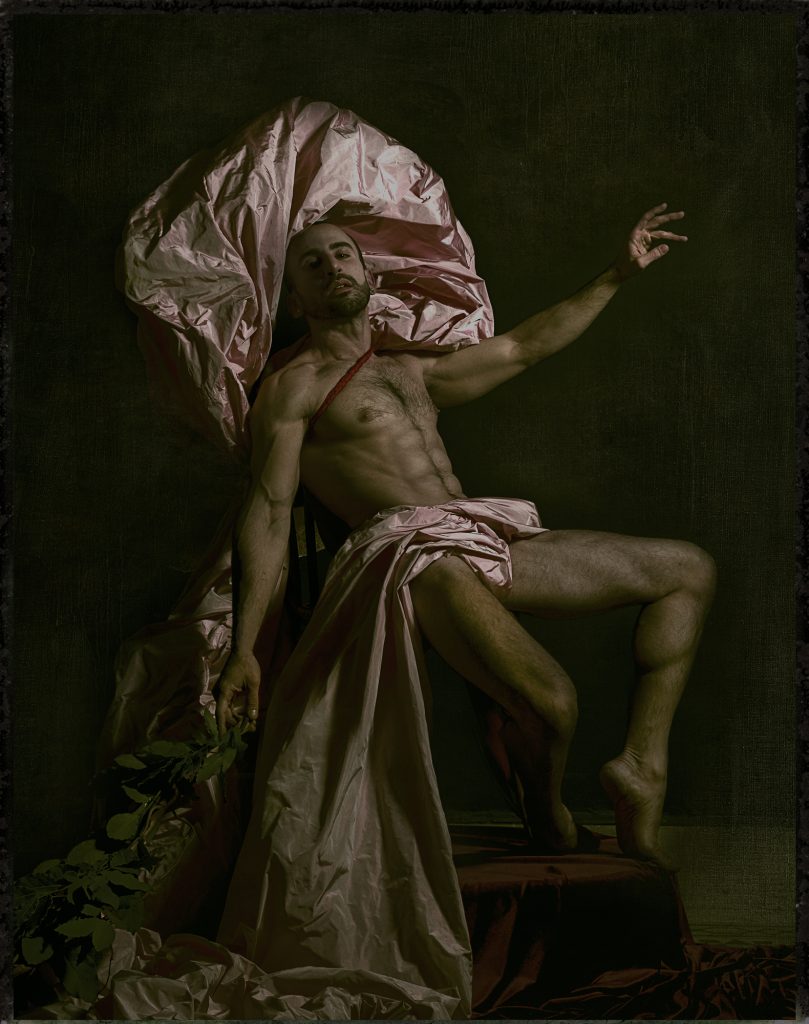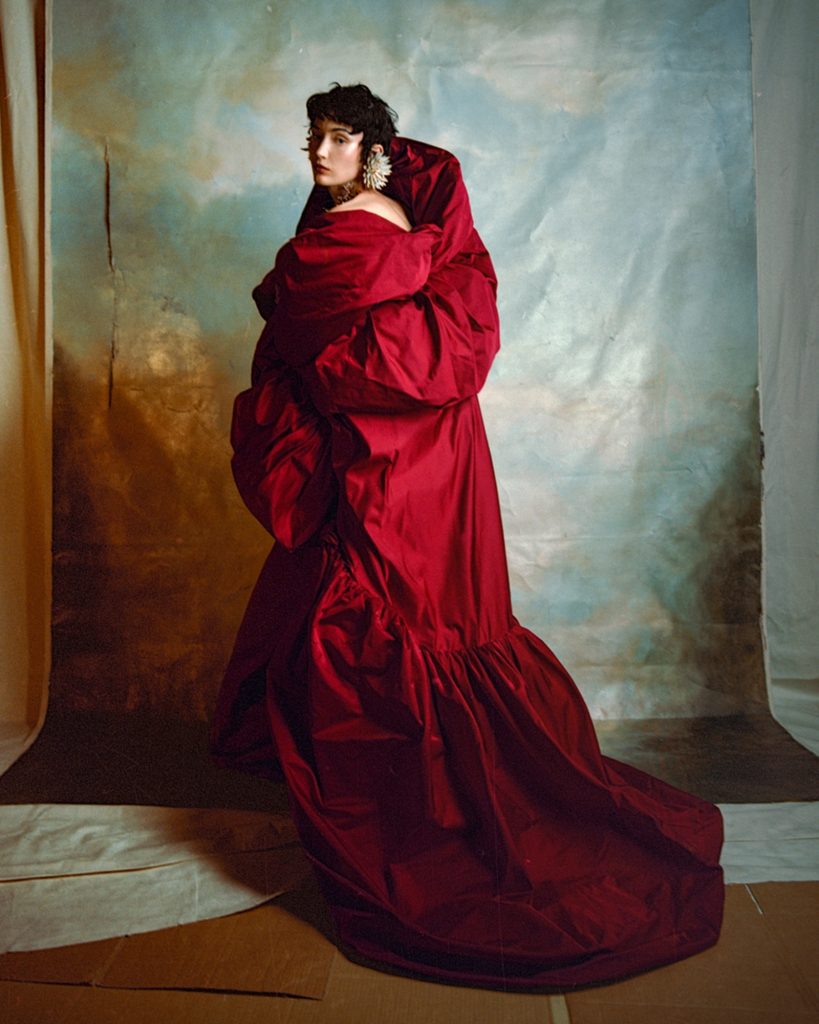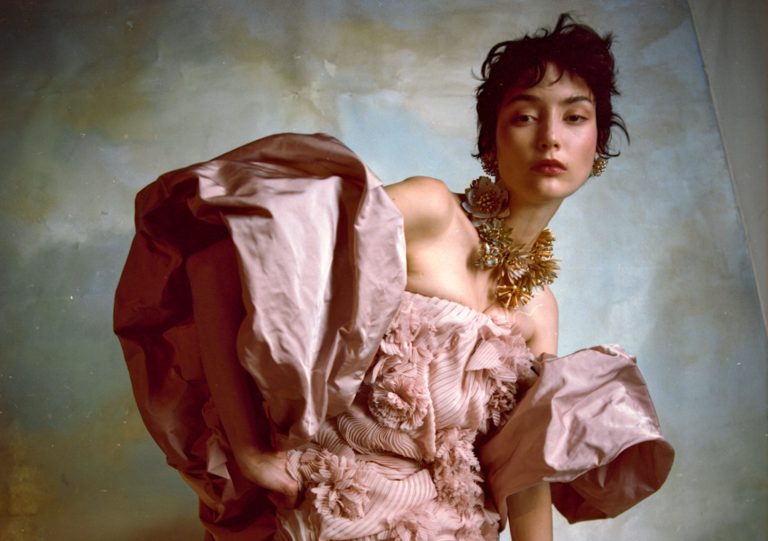
Photography by FABIEN DETTORI

Chapter VII
Photography by ARASH KHAKSARI
Visiting the artistic world of Krikor Jabotian is a one-of-a-kind experience; rich in colours and swooshed with long dress trains, it immerses you into a realm of luxury and modern elegance. Brought right from the heart of Lebanon, his designs, timeless and glamorous, are worn by celebrities like Cardi B and Sharon Stone amongst others. Join us as we learn more about Krikor and his work.
hube: What initially sparked your interest in fashion design, and how did you begin your journey in the industry?
Krikor Jabotian: It wasn’t a specific moment as much as an overall way of being. I always found myself attracted to fabric, the movement and texture that it brings about. In my time of solitude, I would take to fashion creating my own patterns and playing around my mother’s closet.
h: Your couture creations often feature intricate embroidery and elaborate embellishments. Could you tell us about some of the most challenging techniques you’ve mastered and the inspiration behind them?
KJ: Every new technique holds its challenges and excitement. Working with wet moulded gilded leather was super rewarding as it drew a lot of interest. Creating a corset akin to solid gold and encrusting it with stones, without the weight of metal, allowed us to really elevate the couture process and create jewel-like pieces.
h: Your work exudes opulence and luxury. How do you balance honouring tradition and pushing the boundaries of fashion?
KJ: Couture in itself is an art form that honours age-old tradition and employs laborious skill. My vision may be contemporary but the practice remains about upholding the pillars of expert dressmaking and savoir-faire.

